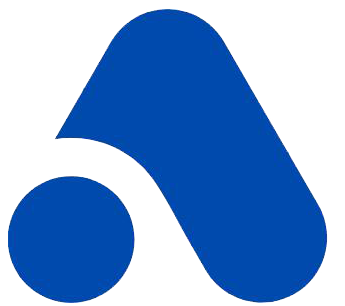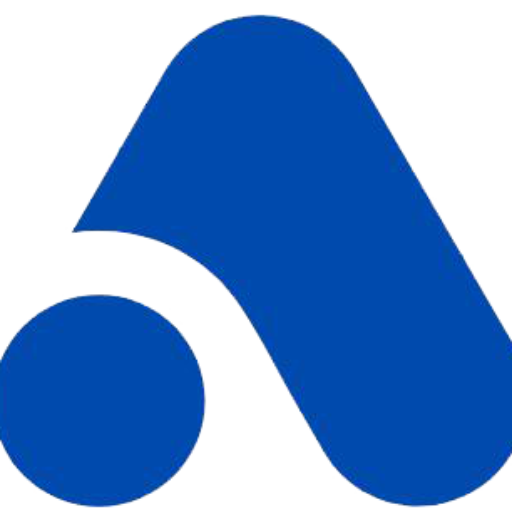Executive Summary
A Skills Gap Analysis is a strategic tool used by organizations to identify discrepancies between the skills employees possess and those required for business success. In today’s rapidly evolving workforce, particularly in regions like the UAE, Saudi Arabia, Kuwait, and Europe, this analysis is critical for aligning talent acquisition with market demands. Companies that conduct a thorough Skills Gap Analysis gain a competitive edge by optimizing hiring strategies, improving workforce productivity, and ensuring compliance with local labor laws. Whether addressing technological advancements, cultural diversity, or regulatory frameworks, a well-executed analysis helps bridge gaps efficiently, fostering sustainable growth.
Chapter 1: Introduction to Skills Gap Analysis
A Skills Gap Analysis is more than just an HR exercise—it’s a necessity for businesses navigating complex global labor markets. In regions like the UAE and Europe, where legal frameworks and cultural expectations vary significantly, understanding workforce capabilities is crucial. For instance, UAE’s Emiratization policies require companies to prioritize local talent, while Europe’s GDPR compliance affects data-driven hiring decisions. A Skills Gap Analysis ensures alignment with these regulations while identifying areas for upskilling or external hiring.
Real-world examples highlight its importance. In Dubai, a tech firm used a Skills Gap Analysis to address shortages in AI expertise, leading to targeted training programs. Similarly, a German manufacturer identified gaps in green energy skills, adapting recruitment strategies accordingly. Authoritative sources like SHRM and UAE’s Ministry of Human Resources emphasize its role in compliance and strategic planning.
Chapter 2: Best Practices for Skills Gap Analysis
Detailed Strategies and Methodologies
Effective Skills Gap Analysis begins with data collection—surveys, performance metrics, and industry benchmarks. For example, a Saudi healthcare provider used employee assessments to pinpoint gaps in digital literacy, leading to tailored workshops. Another best practice is leveraging technology, such as AI-driven analytics, to predict future skill needs. Case studies show companies that integrate continuous learning cultures reduce gaps by 40% compared to those relying solely on hiring.
How Allianze HR Consultancy Helps
- Free Hiring Model: Allianze eliminates financial barriers for job seekers, ensuring access to top-tier opportunities without fees. This model attracts diverse talent while reducing employer turnover costs.
- Ethical Sourcing: Allianze partners with South Asian talent pools, adhering to strict compliance measures like fair wage agreements and transparent contracts. Their vetting process includes cultural sensitivity training to ensure seamless integration.

Allianze’s end-to-end recruitment services include skills assessments, relocation support, and post-hire follow-ups. Their expertise in GCC and European markets ensures clients bridge gaps efficiently while maintaining ethical standards.
Chapter 3: Common Challenges and Solutions
Conducting a Skills Gap Analysis presents several challenges:
- Regulatory Complexity: Navigating varying labor laws (e.g., Kuwait’s Kuwaitization) requires localized expertise. Solution: Partner with legal and HR consultants for compliance audits.
- Cultural Misalignment: Mismatched workplace expectations can hinder onboarding. Solution: Pre-hire cultural assessments and mentorship programs.
- Data Accuracy: Outdated or biased data skews results. Solution: Use AI tools for real-time skills tracking.
- Resistance to Upskilling: Employees may fear job redundancy. Solution: Transparent communication and incentive programs.
- High Recruitment Costs: Frequent hiring strains budgets. Solution: Invest in retention strategies like career pathing.
Checklist: Best Practices
- Use job descriptions that respect local laws. For example, UAE’s labor law mandates specific clauses on working hours and benefits. Non-compliance risks fines or legal disputes.
- Offer relocation support. Housing assistance, visa processing, and language training ease transitions, boosting retention. A Kuwaiti firm reported 30% higher employee satisfaction after implementing such programs.
- Partner with ethical agencies like Allianze. Ethical agencies ensure fair wages, legal compliance, and candidate well-being. Verify certifications and client testimonials before engagement.
- Use regional keywords in job ads. Terms like “Dubai-based engineer” or “Riyadh sales manager” improve visibility. Tools like Google Keyword Planner help identify high-traffic phrases.
Conclusion
In conclusion, a Skills Gap Analysis is indispensable for modern businesses. To summarize, it aligns workforce capabilities with organizational goals while mitigating legal and cultural risks. Ultimately, successful implementation hinges on data-driven strategies, ethical hiring, and continuous learning. Five final tips: 1) Audit skills regularly, 2) Prioritize compliance, 3) Invest in upskilling, 4) Leverage technology, and 5) Collaborate with trusted partners like Allianze.
About Allianze HR Consultancy
Allianze HR Consultancy is a leader in ethical recruitment, serving clients across the UAE, India, Nepal, Kuwait, and Saudi Arabia. Their mission is to bridge talent gaps through zero-cost hiring for job seekers and rigorous compliance for employers. Services include skills assessments, relocation logistics, and policy advisory. With a track record of placing 10,000+ professionals, Allianze combines local expertise with global standards. Testimonials highlight their commitment to transparency—one client noted, “Allianze transformed our hiring process with culturally aligned candidates.”
👉 Contact us today to streamline your recruitment needs.


